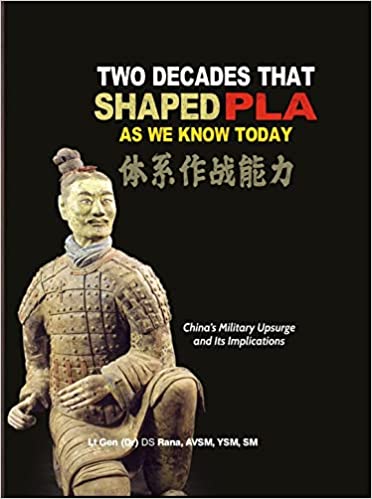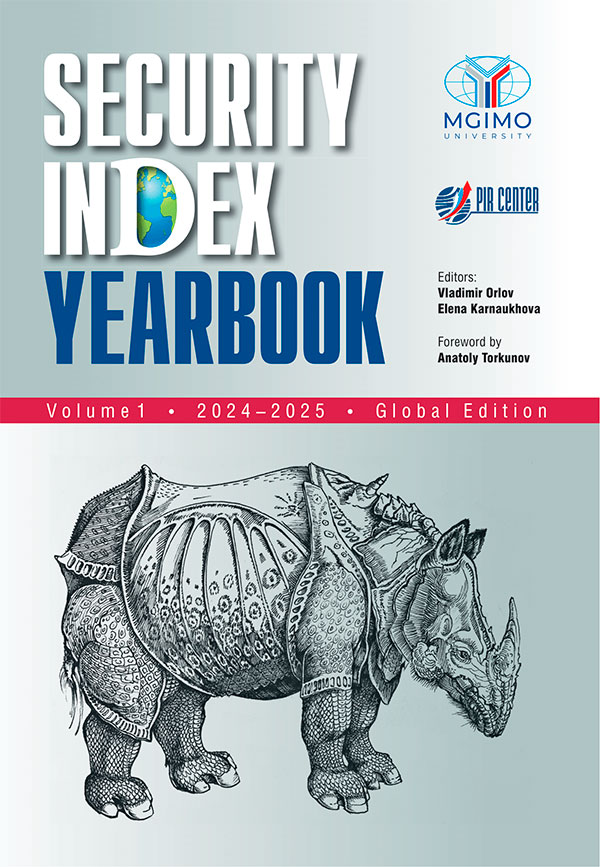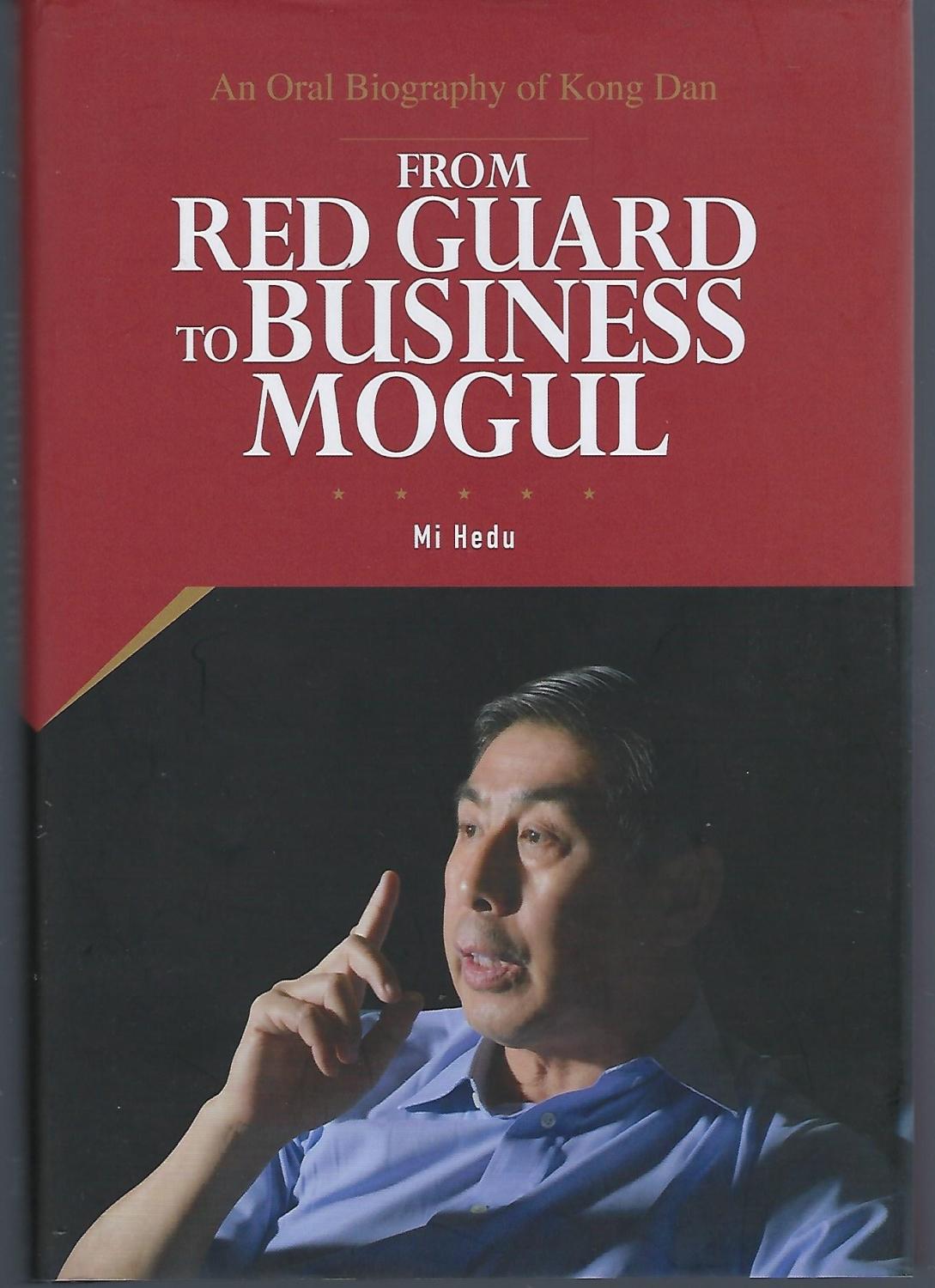... single power but rather by strategic partnerships that reflect the evolving global landscape. As the United States retreats, the international community must adapt and find new ways to cooperate and address the rapidly changing world. The rise of China, India, and Russia presents an opportunity for a more diverse and multipolar world order, as the U.S. retreat may give rise to unreasonable geoeconomic policies in which new powers will have the opportunity to prove their status in the international arena.
1
. Incorrect Attribution — editorial note.
... and, consequently, in middle-class numbers. Demographics give India an edge until around 2060, which is already evident in the growth rates of Indian economy. Combined with the influx of hi-tech investments and the contribution of the Indian diaspora, India has good prospects, making its position crucial to the future architecture of the world order, regardless of how it evolves. The U.S. understands this and has been figuratively “clinging” to this nation for the past 20 years.
I believe that the Russian Academy of Sciences should significantly bolster scientific and educational ...
... is engaged in an acute confrontation with the West. Rivalry between the U.S. and China is growing. In many areas, from space exploration to vaccine production, cooperation is giving way to competition. In the context of the growing imbalance in the world order, it will not be easy for India to stay away from the warring camps and rise above their rivalry. They will try to pull India in one direction or another, forcing it to radicalise its political standpoint.
India is a large player, not merely an ordinary participant, in new coalitions....
The whole idea that someone—be it Moscow, Washington or Beijing—can ‘lose’ India looks excessively arrogant, if not completely preposterous
Is Russia losing India? They raise this question at practically every conference, workshop or an expert meeting on Russian-Indian relations since the times of the Soviet disintegration ...
... and aspirations. It can only be hoped that the Indian position will not be limited to mostly tactical, narrowly defined national security or national development issues, but it will involve more ambitious, more general ideas on reforming the global world order. This is a unique opportunity for India to demonstrate its ability to perform not as a regional or a continental but as a global leader. This year will tell us a lot about the future direction of Indian foreign policy, especially considering that India will face elections next year. It ...
... Russian International Affairs Council (RIAC) together with RAS IMEMO, and the journal "The World Economy and International Relations" (MEMO Journal) held the 9th joint research workshop on technological leadership in the transformation of the world order.
During the workshop, leading experts discussed key issues of global technological leadership in the new environment and considered the development policy of the USA, China, the EU, and India in the field of innovative technologies against the backdrop of growing competition.
Ivan Timofeev, RIAC Director General, and Sergey Afontsev, Deputy Director for Research at the Primakov Institute of International Relations of the Russian Academy ...
... multipolarity, lead to one of the bi-multipolar superpowers becoming a unipolar hegemon, and thus create the conditions for coercing India into becoming their “junior partner”.
The Bi-Multipolar Intermediary Phase
International Relations are in the midst ... ... and profound changes as everything chaotically transitions from the former U.S.-led unipolar system to an emerging Multipolar World Order. Experts debate exactly when this process began, but many agree that its most significant milestones thus far were ...
... the foreseeable future. Russian and foreign experts are currently exploring a wide range of scenarios for such transformation—from relatively positive to extremely negative. The author formulated three potentially possible options for the current world order transformation, assessing the probability and consequences of the practical implementation each of them.
Restoration, reformation, revolution? Scenarios of the world order after the Russian–Ukrainian conflict
, 2.7 Mb
... relations, whereby they sincerely intend to regulate their comprehensive competition more responsibly, with an aim towards eventually clinching a “new détente” that would prospectively consist of a series of mutual compromises all across Eurasia;
India and Turkey continuing to “balance” between the U.S. and Russia so as to ensure their rise as great powers in an increasingly complex world order, which will in turn improve their strategic leverage vis-a-vis China and enable them to expand their envisioned “spheres of influence” more sustainably;
China continuing to formulate its grand strategy under the unofficial influence of ...
Washington consensus 2.0 / China–India Axis / Multipolar balance of power / New bipolarity
A few months ago, the author wrote an
article
for the RIAC website on possible variants of the new international architecture on the European continent that might take shape over the next few ...



